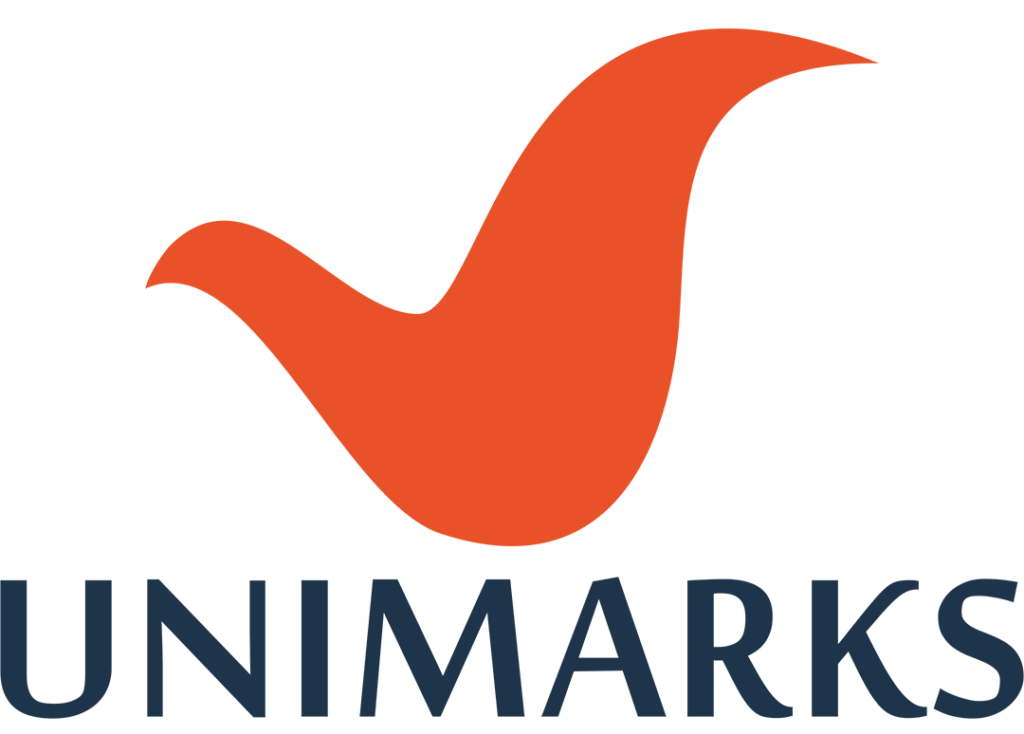1. How to Register Trademark?
The first step in registering a trademark is to choose the right category of goods or services for your trademark. There are 45 different categories, so it’s important to select the one that most closely matches your company’s products or services.
Next, you’ll need to file a trademark application with the Indian Intellectual Property Office (IPO). The application must include details of the trademark, a list of the goods or services it will be used on, and a description of how the mark is being used.
After the Indian Trademark Office reviews the application, they will issue a notice of allowance if the trademark is approved. This means that you can now use the ® symbol with your trademark.
If you’re not sure whether you should register a trademark or not, contact an attorney who specializes in intellectual property law. They can help you weigh the pros and cons of trademark registration and determine whether it’s the best option for your business.
When it comes to trademarks, there are a lot of things to consider. If you’re not sure whether you should register a trademark or not, contact an attorney who specializes in intellectual property law. They can help you weigh the pros and cons of trademark registration and determine whether it’s the best option for your business.
2. How Much Will it Cost to Register a Trademark?
You can definitely do it. However, without understanding the basics of general trademark principles and the specifics of trademark registration procedures, it is not a simple process – you will make mistakes. (You will also pay a lot more than you should)
A good trademark registration process consists of two parts:
- Trademark Registration
- Trademark Monitoring
The first part – trademark registration is the easy part – you get to do it yourself. Registering a trademark is a simple process by following the instructions on the Indian Trademark filing website. However, the second part – trademark monitoring is vital to ensure the exclusivity of your trademark
You need to keep an eye out for other trademarks similar to yours. There are trademark monitoring services that you can pay to do this, but that is not cheap. If you do not do the monitoring yourself, you will miss out on the opportunity to protect your trademark and that right may go to someone else. On the flip side, if you do the trademark registration yourself, but you do not do the monitoring yourself, your business will suffer from the mistakes and may even lose your trademarks.
3. How Do I Trademark a Name and Logo of My Business?
The first step in trademarking a name or logo is to conduct a comprehensive search of the Indian Trademark databases to make sure that the desired mark is available for registration. If the desired mark is not already registered, the next step is to file an application for trademark registration with the Indian Trademark Office.
The application must include a drawing of the mark, as well as specimens showing how it will be used in commerce. The Indian Trademark Office will review the application and either approve it or issue a notice of opposition. If there are no objections, the trademark will be registered and published in the Official Gazette. After publication, third parties who feel they would be damaged by the use of the mark have 120 days to file an opposition. If no opposition was filed by any third parties then the trademark will get registered.
4. How to Register Trademark in India?
If you’re looking to protect your brand and intellectual property in India, registering a trademark is the way to go. Here’s a quick guide on how to do it:
5. Choose a good trademark
The first step is to choose a good trademark – one that’s unique, easy to remember and doesn’t resemble any other existing trademark too closely. It’s also a good idea to choose a mark that’s capable of being registered (more on that later).
6. Make sure it’s available
After you’ve chosen your desired trademark, the next step is to make sure it’s actually available for use and registration. You can do a quick search on the Indian Trademark Search Website to check.
7. File an application
Once you’ve verified that the trademark is available, you can file an application for registration with the Indian Trademarks Registry. You’ll need to provide some basic information about your trademark, including the mark’s name and description, as well as the goods and services it will be used for. You can find more information about the application process on the Indian Trademarks Registry website.
8. Pay the fees
Once your application is filed, you’ll need to pay a registration fee. The amount you’ll need to pay will depend on a few factors, such as the class of goods or services you’re registering the trademark for and whether you’re filing electronically or through a paper application.
9. Wait for the registration to be processed
After your application and fee have been filed, it will take some time for the registration to be processed. The Indian Trademarks Registry will review your application to make sure everything is in order and that your trademark is indeed unique. Once it’s approved, you’ll receive a registration certificate and can start using your trademark nationwide.
10. Maintain your registration
To keep your trademark registration valid, you’ll need to file an annual declaration of use with the Indian Trademarks Registry. This document certifies that you’re still using the trademark in connection with the goods and services listed in your original application. You can find more information about annual declarations on the Indian Trademarks Registry website.
That’s it – following these simple steps will get you on your way to trademark registration in India. If you have any questions, don’t hesitate to contact the Indian Trademarks Registry for more information.





